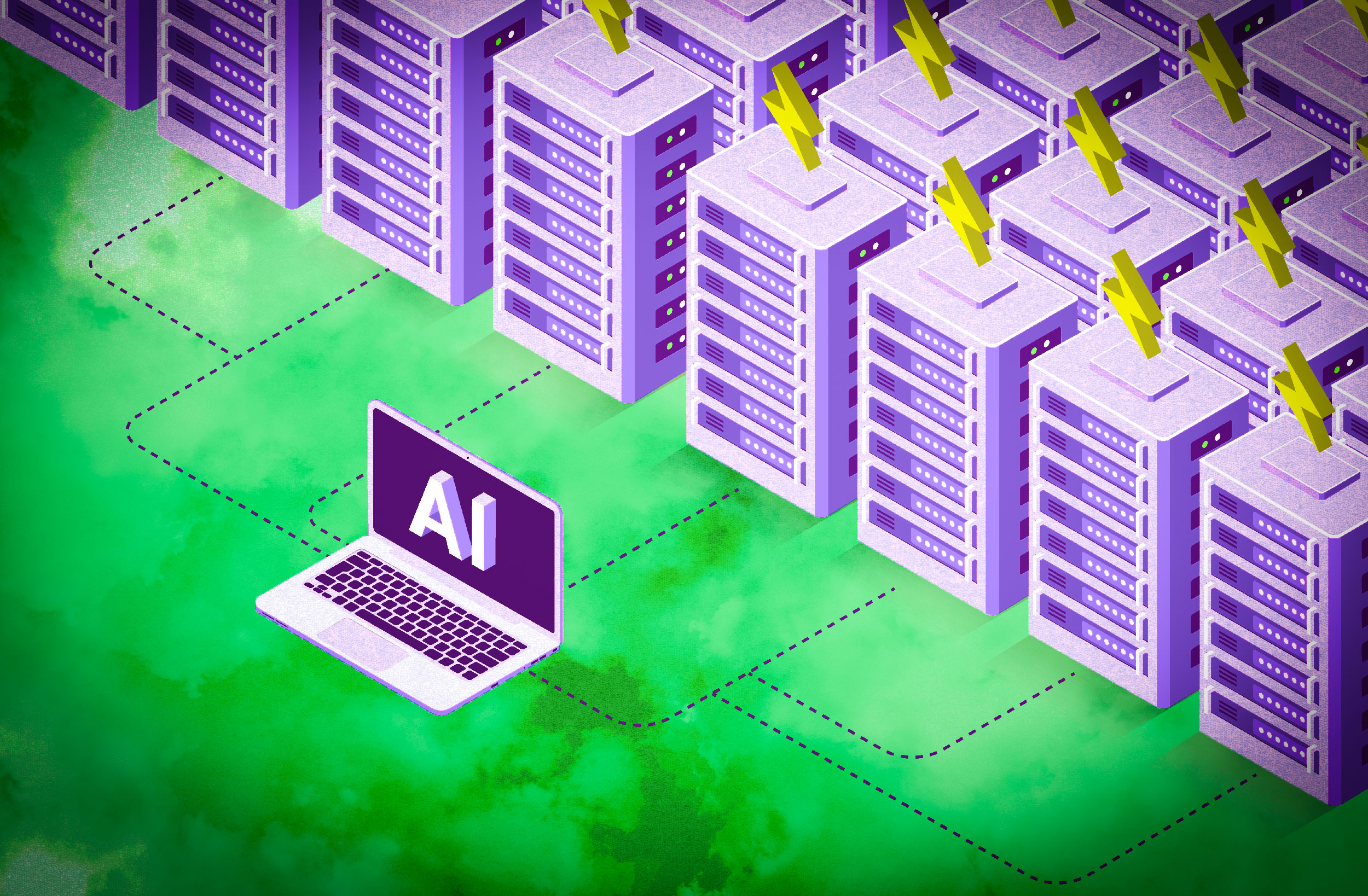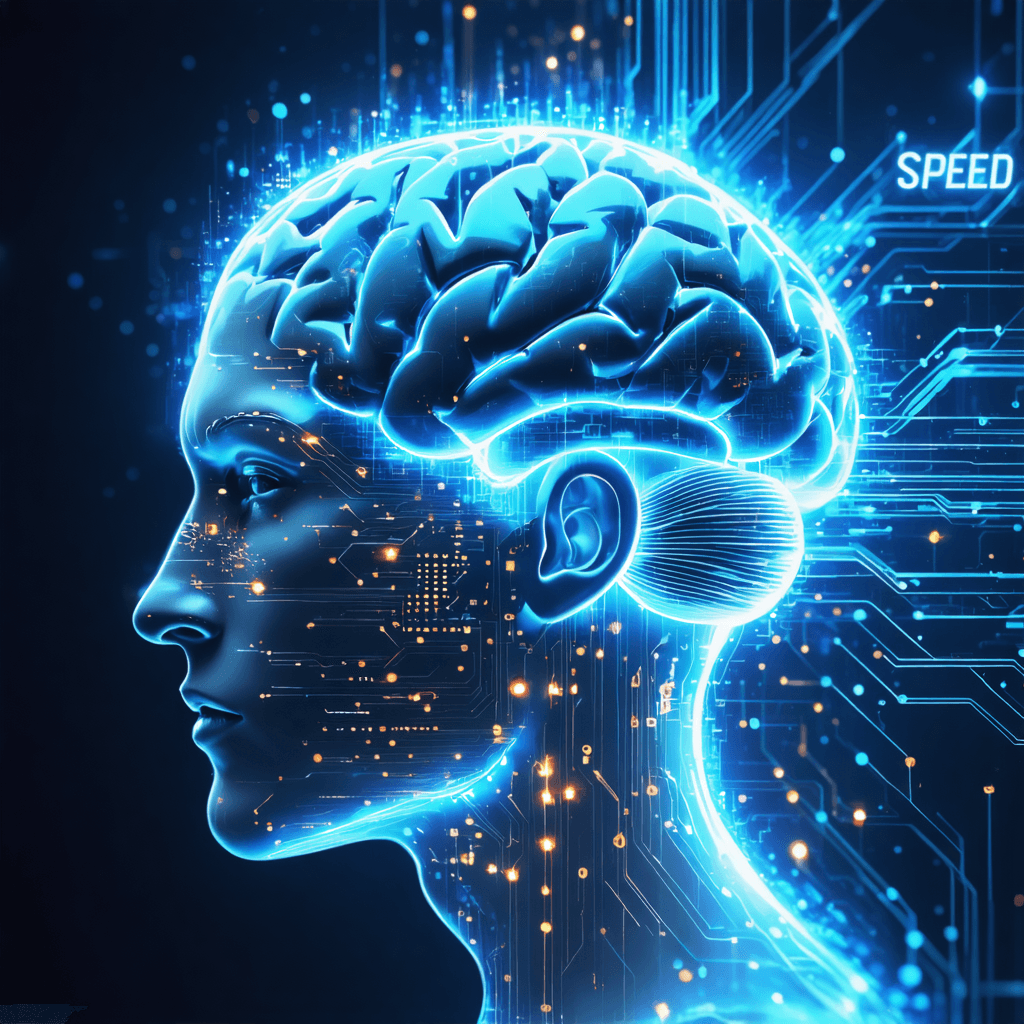The Hidden Cost of Speed: How Supercharged Processing Power is Reshaping Our Digital Limits
In an era where computational power seems to know no bounds, we're witnessing an unprecedented surge in processing capabilities that's reshaping our digital landscape. However, this remarkable advancement comes with hidden costs that deserve our attention and careful consideration.

The Power Paradox
The quest for faster, more powerful computing has led to an exponential increase in energy consumption. According to recent studies by MIT, AI training clusters consume up to eight times more energy than traditional computing systems. This surge in power requirements isn't just a technical challenge – it's becoming an environmental imperative that demands immediate attention.
Environmental Impact

The environmental footprint of our digital acceleration is substantial. Modern data centers, which form the backbone of our computational infrastructure, are consuming electricity at unprecedented rates. The United Nations Research Institute for Climate (UNRIC) reports that the rise in AI usage has significantly increased the demand for computing power, leading to concerns about sustainable energy usage and carbon emissions.
The Cost of Innovation
The financial implications of this computational arms race are equally striking:
- Increased operational costs for data centers
- Rising cooling system requirements
- Higher energy bills for organizations
- Additional infrastructure investments
Technological Solutions Emerging

The tech industry isn't standing still in face of these challenges. Recent developments include:
- Energy-Efficient Architecture: New processor designs that optimize performance while minimizing power consumption
- Smart Cooling Solutions: Advanced thermal management systems that reduce cooling energy requirements
- Green Computing Initiatives: Industry-wide efforts to develop more sustainable computing practices
The Role of AI in Solution Finding
Ironically, artificial intelligence itself is being employed to solve these energy challenges. Machine learning algorithms are now being used to:
- Optimize data center operations
- Predict and manage power consumption
- Develop more efficient cooling systems
- Balance computational loads for maximum energy efficiency
Best Practices for Organizations
Organizations can take several steps to manage their computational power responsibly:
- Audit Energy Usage: Regular monitoring and assessment of power consumption
- Implement Efficiency Measures: Adoption of energy-efficient hardware and software solutions
- Consider Green Alternatives: Exploration of renewable energy sources for power needs
- Optimize Workloads: Strategic scheduling of intensive computational tasks
Future Perspectives
The future of computing power lies in finding the perfect balance between performance and sustainability. Industry leaders like Intel and NVIDIA are already showing the way with their latest innovations that promise more computing power while reducing environmental impact.
The Path Forward
To create a sustainable digital future, we need:
- Continued investment in energy-efficient technologies
- Development of renewable energy solutions for data centers
- Industry-wide adoption of green computing practices
- Enhanced collaboration between tech companies and environmental organizations
Conclusion
The hidden cost of speed in our digital age is becoming increasingly apparent, but solutions are within reach. By acknowledging these challenges and actively working to address them, we can ensure that our pursuit of computational power doesn't come at the expense of our planet's future.
Ready to learn more about sustainable computing and advanced technology solutions? Explore our comprehensive courses and resources at 01TEK. Together, we can build a faster, smarter, and more sustainable digital future.
Sources: 1. MIT News 2. Penn State Energy Institute 3. MIT Sloan 4. United Nations Research Institute 5. Intel Newsroom
In everything the ends well defined are the secret of durable success.
Victor Cousins



